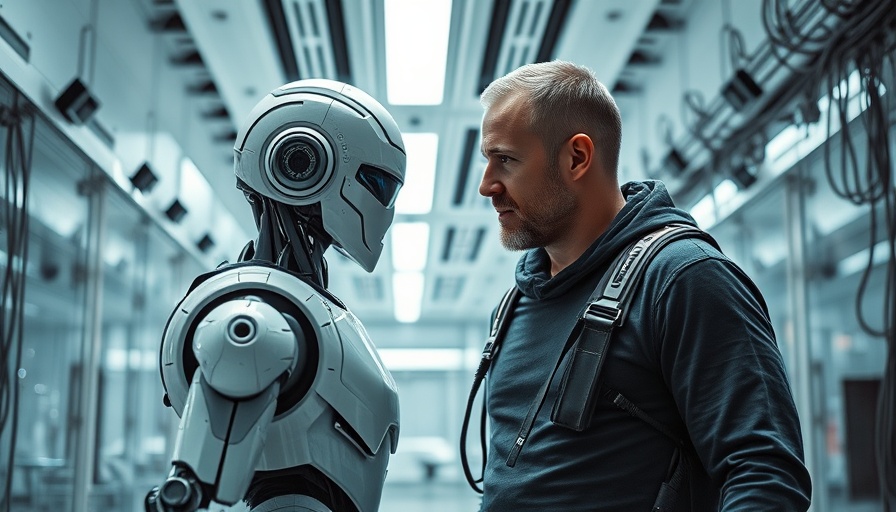
The Skyrocketing Offers in AI Talent Acquisition
The technology landscape is undergoing a seismic shift as evidenced by the battle for top AI talent, where jaw-dropping compensation packages are becoming the norm. In a recent episode of his brother's podcast, Sam Altman, CEO of OpenAI, revealed that Meta's Mark Zuckerberg is extending offers in the staggering range of nine figures to lure researchers away from competing firms, particularly OpenAI. These attractive packages often include signing bonuses that can reach or exceed $100 million, which Altman, while acknowledging their allure, questions regarding long-term cultural implications.
In 'AI Engineering & Research Offers Hit $100M', the conversation delves into the escalating offers for AI talent, highlighting both opportunities and challenges for businesses.
This development, while shocking, isn't entirely surprising given how quickly the stakes have risen in the AI industry. Just a month prior, the talk around compensation packages for top researchers had reached $20 million, indicating a recent shift toward astronomical financial incentives. With competition warming up between tech giants, it raises the question of whether these extravagant compensation packages attract mercenaries rather than passionate innovators willing to commit to a vision.
What This Means for Business Owners
For business owners, this fierce competition for AI talent offers both challenges and opportunities. On one hand, it emphasizes the increasing importance of AI technology across industries, as companies strive to build cutting-edge solutions. The influx of talent, however, also means that retaining existing experts may pose a significant challenge. Altman's concerns about the culture at Meta may resonate with business leaders: incentivizing top talent solely based on compensation might undermine the collaborative and mission-oriented environment that drives innovation.
Strategic Implications of OpenAI's Pentagon Contract
Recently, OpenAI announced its first major contract with the Pentagon, valued at $200 million, which points to a significant pivot in their strategic engagements. This contract aims to enhance administrative operations with Frontier AI technology, which can revolutionize various functions, from healthcare improvements for service members to proactive cyber defense initiatives. As businesses strategize their AI implementations, examining such defense-oriented partnerships may yield insights into potential government applications and procurement opportunities.
Rising Subscription Costs: Financial Planning for AI Tools
Moreover, as AI tools continue to see premium pricing structures emerge, such as Cursor's new $200 monthly plan, it indicates a market trend towards investing heavily in AI capabilities. Business owners looking to leverage AI tools should re-evaluate their budget allocations for technology expenditures, particularly as user demands evolve towards reliability and predictability in service usage. Understanding the dynamics behind these pricing strategies will be crucial for companies wanting to stay ahead of their competition.
Long-Term Trends and Future Predictions in AI
Looking forward, the race for AI talent and the surrounding financial incentivization will likely continue to shape the landscape of the technology sector. As compensation packages escalate, the focus may shift from initial cash-heavy incentives to factors that bolster long-term engagement and innovation. Businesses should stay attuned to these evolving dynamics as they could influence how AI staff are sourced, retained, and motivated. Establishing a robust culture that values both fair compensation and a shared mission might be the key to attracting and keeping the best in the field.
Take Action: Start Using AI Now
In a world where AI impacts nearly every aspect of business, now is the time for owners to start implementing AI-driven solutions. The competitive landscape is intensifying, and early adoption can deliver significant advantages over competitors. By embracing AI, businesses can unlock new efficiencies, better understand customer needs, and ultimately position themselves for future growth.
 Add Row
Add Row  Add
Add 




Write A Comment